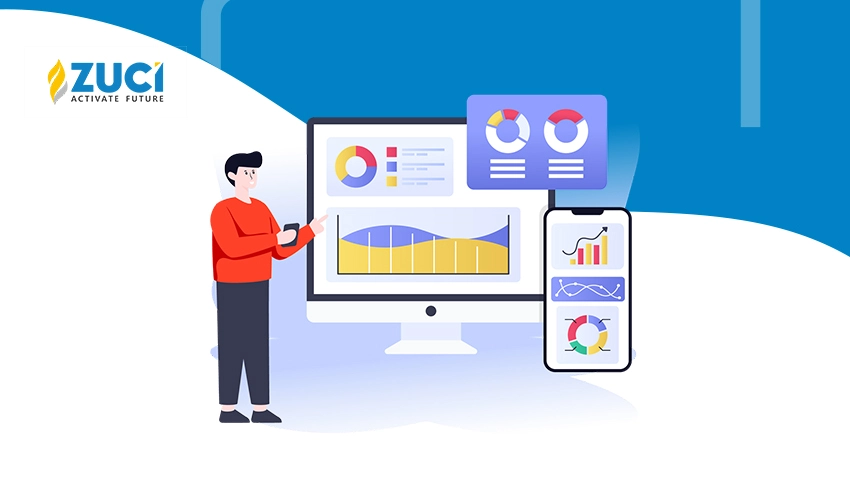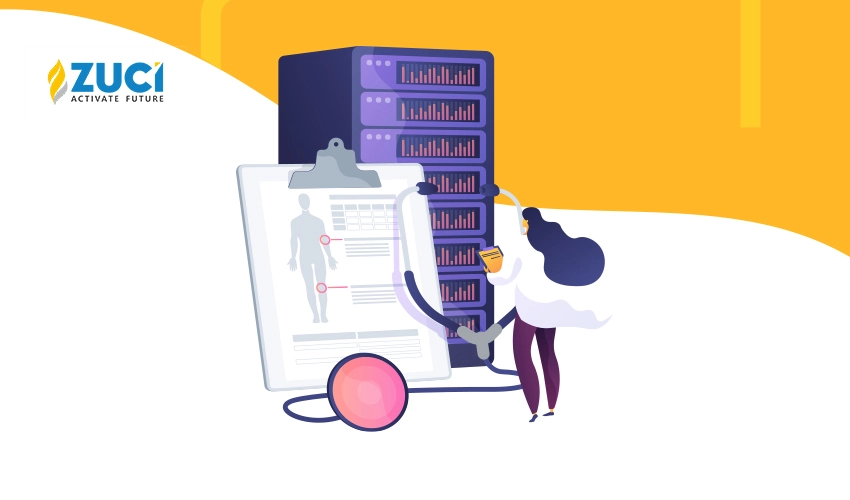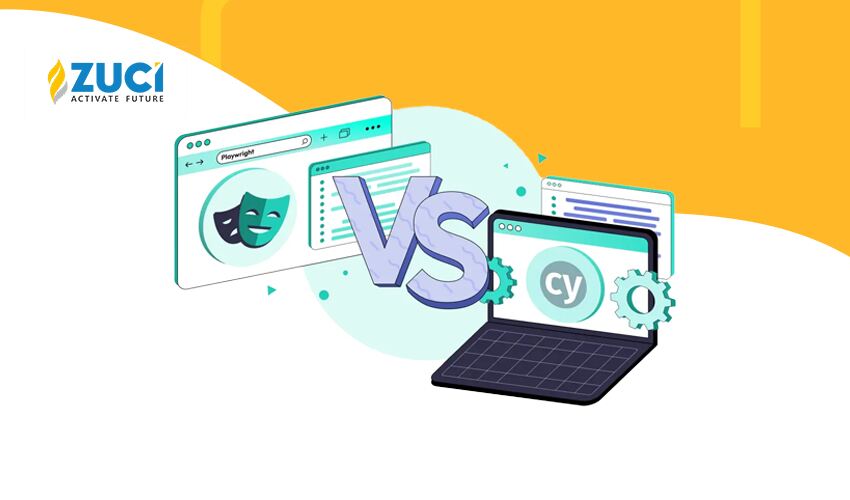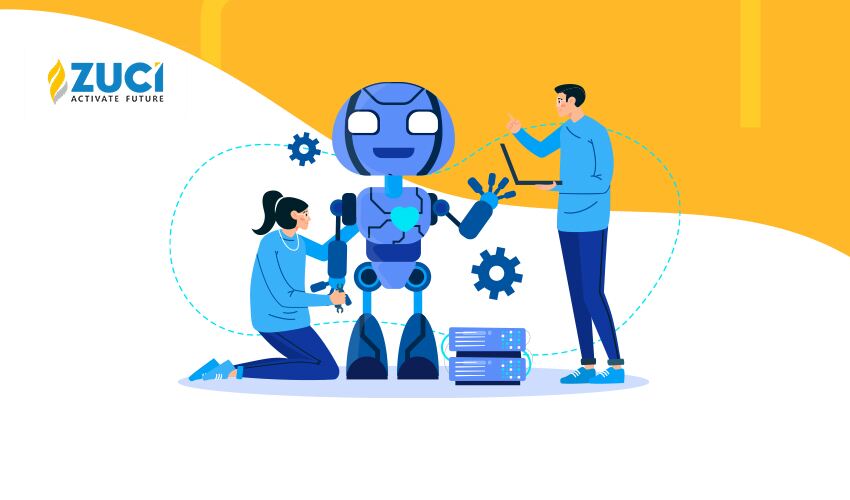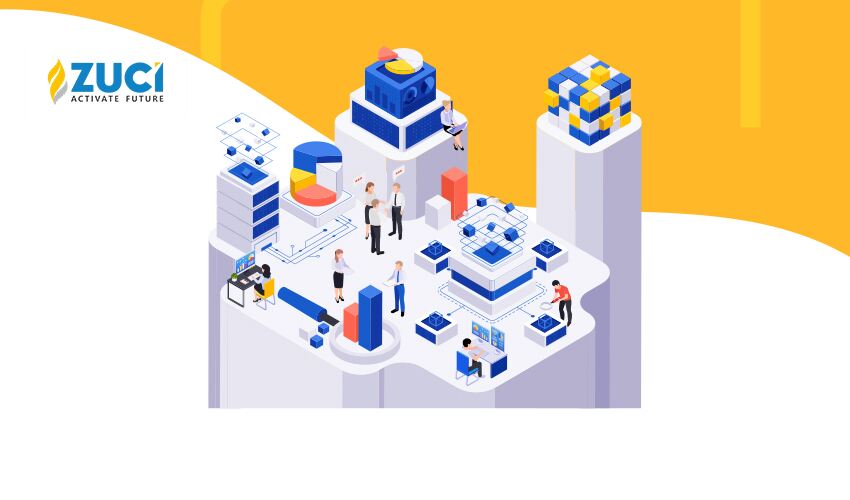Reading Time : 1 Mins
A Comprehensive Guide on Legacy Application Modernization In 2024
Ameena Siddiqa is a seasoned marketer with hands-on experience in curating captivating content on the latest cloud, devops and enterprise technology trends. With a keen eye for emerging trends and a passion for storytelling, she has a knack for transforming complex concepts into engaging narratives that resonate with audiences across industries.
Gartner’s VP Analyst, Stefan Van Der Zijden, explains,” For many organizations, legacy systems are seen as holding back the business initiatives and business processes that rely on them. When a tipping point is reached, application leaders must look to application modernization to help remove the obstacles.”
Legacy applications were the cornerstone for many organizations. They served them well for years in achieving their business goals. But, in today’s constantly evolving digital world, they are interceptors to the path of innovation and growth.
Outdated technologies, hacked integrations, hefty maintenance costs, and constant threats about security and compliance are a handful of hurdles that legacy apps create, hindering business transformation.
This is where legacy application modernization steps into play.
In this blog post, we will offer comprehensive insights on legacy application modernization, why it matters, the crucial benefits it provides to businesses, and the key technologies used for it.
Let’s delve into the topic!
What are legacy apps?
Legacy apps are software applications or systems that have been in use for a significant period and may be outdated in technology, design, or functionality. They are often used because they are critical to business operations, and the cost and risk of replacing them with newer systems are perceived as too high.
Since organizations have grown accustomed to relying on the same applications over many years, it can be challenging for them to discern when these applications become outdated.
Here’s how to identify a legacy application;
- They are incompatible with modern technologies and third-party tool integrations.
- They struggle to handle workloads or user demands, making it difficult for organizations to scale their operations.
- They are monolithic, i.e., built as one big piece, which makes updating and scaling them a real challenge.
- They are more susceptible to security risks due to outdated security measures.
- They incur high maintenance costs.
- They are less intuitive when compared to modern applications, resulting in poor user experience.
As a result, legacy applications can hinder business activities, forcing companies to update, rebuild, or replace them.
Case Study: Find out how we elevated user experience for an ESG market player with a customized app.
Read the story :Crafting a Customized App for Enhanced Access and Functionality in Elevating User Experience.
What is Legacy Application Modernization?
Legacy modernization is updating or transforming existing software applications to meet current business needs, improve performance, and align with modern technology standards. It can be adding new solutions, swapping outdated programs for fresher ones, or even adopting entirely new technologies.
Legacy application modernization can take various forms, including re-platforming, re-architecting, refactoring, or replacing legacy apps with off-the-shelf or custom-built solutions. The choice of application modernization approach depends on factors such as the application’s complexity, business requirements, budget constraints, and strategic objectives.
Why does legacy application modernization matter for businesses?
A report by Marketsandmarkets states that the global application modernization services market size is projected to expand from $11.4 billion in 2020 to $24.5 billion by 2025.
According to IDC, most legacy applications will receive some modernization investment, with cloud services used by 65% of the applications to extend functionality or replace inefficient code.
Building a symbiotic relationship between business goals and technology development is crucial for business success. Modernization helps achieve this by mitigating risks stemming from outdated technologies and delivering positive impacts across all processes and workspaces. This, in turn, leads to enhanced user experiences for customers, building loyalty and greater flexibility in strategizing growth objectives. Ultimately, it reduces the cost and effort involved in maintenance.
Modernizing outdated legacy systems offers several key organizational benefits, including:
1. Gain competitive edge
By modernizing legacy applications, organizations can take advantage of new technologies such as cloud computing, artificial intelligence, machine learning, and IoT. This helps organizations to close the historical gap and stay future-proof in the digital age.
2. Open up new growth avenues
Modern systems are engineered to adapt and scale alongside business expansion. They efficiently manage higher workloads, diverse data types, and evolving business models, transforming challenges into opportunities for growth.
3. Enhanced security
Legacy applications can be a playfield for security infringements. Modernization allows for the integration of the latest security features and patches, reducing the risk of cyber threats and data breaches.
4. Cost efficiency
While the initial investment in modernization may seem significant, it can lead to long-term cost savings. Modernized applications are typically easier to maintain, require fewer resources for support and troubleshooting, and can be more scalable, reducing the need for frequent upgrades or replacements.
Also read:5 Key Success Metrics in the App Modernization Process (zucisystems.com)
Key Technologies for Legacy Application Modernization
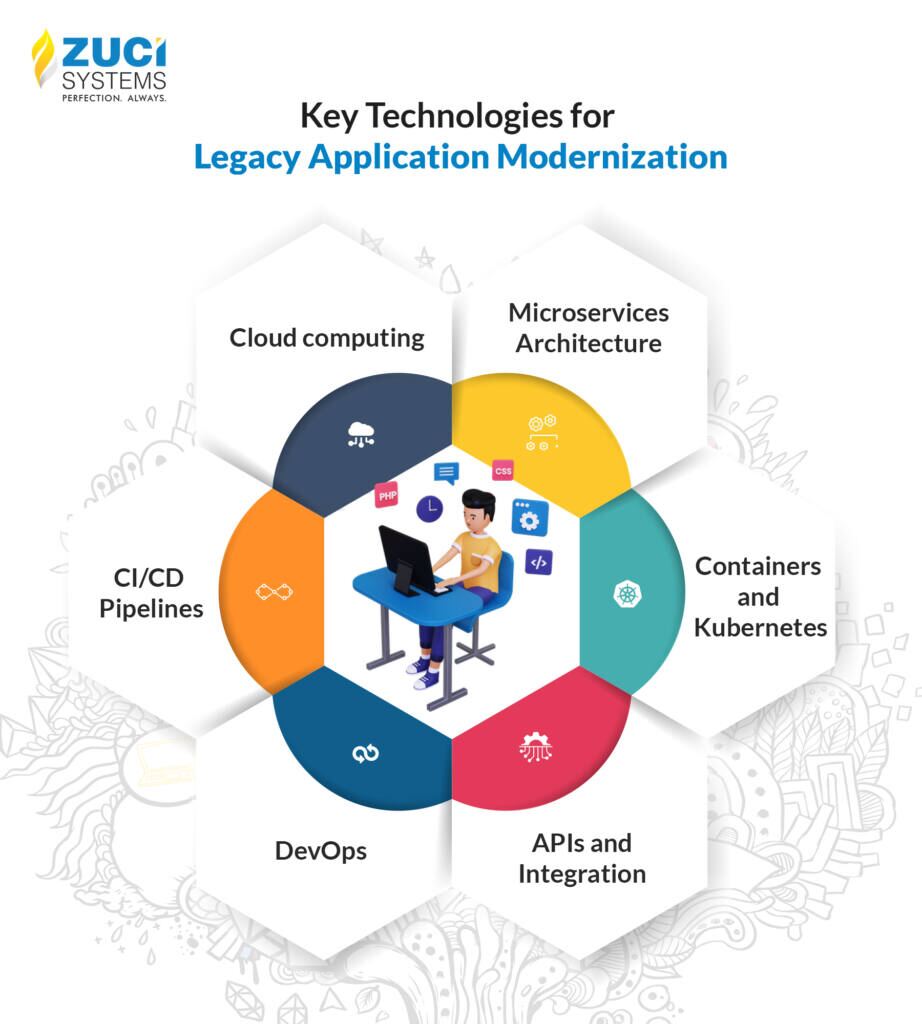
Legacy modernization allows businesses to tap into the full potential of trending technologies such as:
- Cloud computing: Migrating legacy applications to cloud environments allows for greater scalability, flexibility, and cost-effectiveness.
- Microservices Architecture: Breaking down monolithic applications into smaller, independent services facilitates easier development, deployment, and maintenance.
- Containers and Kubernetes: Containerization technologies like Docker and orchestration tools like Kubernetes improve portability, scalability, and resource utilization.
- APIs and Integration: Implementing APIs enables seamless integration with other systems, services, and third-party applications, enhancing interoperability and data exchange.
- DevOps: DevOps methodologies bring development and operations teams on the same page and build a culture of collaboration and shared responsibility. This synergy streamlines the development pipeline, enabling smoother integration and delivery of updates.
- Automation: Continuous integration/continuous delivery (CI/CD) pipelines accelerate the development and deployment process while ensuring consistency and reliability.
5-Step Legacy Application Modernization Strategy
Companies can approach application modernization in various ways. There’s no one-size-fits-all solution, as the process is influenced by factors such as company size, business model, and industry context. The outlined 5-step strategy can help organizations get started with their application modernization journey;
1. Business Strategy Alignment
Assess how well your current IT architecture supports and aligns with your organization’s business strategy and objectives. Identify any gaps or mismatches between business needs and IT capabilities. Gartner suggests assessing legacy systems based on six key drivers:

From a business standpoint, three of these drivers include business fit, business value, and agility. If the legacy application fails to meet the evolving demands of digital business, modernization is necessary for proper alignment and should involve upgrades to enhance overall business value.
The remaining three drivers stem from the IT standpoint, focusing on cost, complexity, and risk. If the total cost of ownership proves excessive, technology becomes overly intricate, or compromises arise in security, compliance, support, or scalability, then it’s imperative to initiate modernization efforts.
2. Assess Modernization
Modernizing applications doesn’t necessarily entail replacing legacy applications. Before embarking on any modifications, exploring all available options is crucial to making informed decisions regarding the digital strategy. Below are seven modernization strategies to consider when modernizing applications.
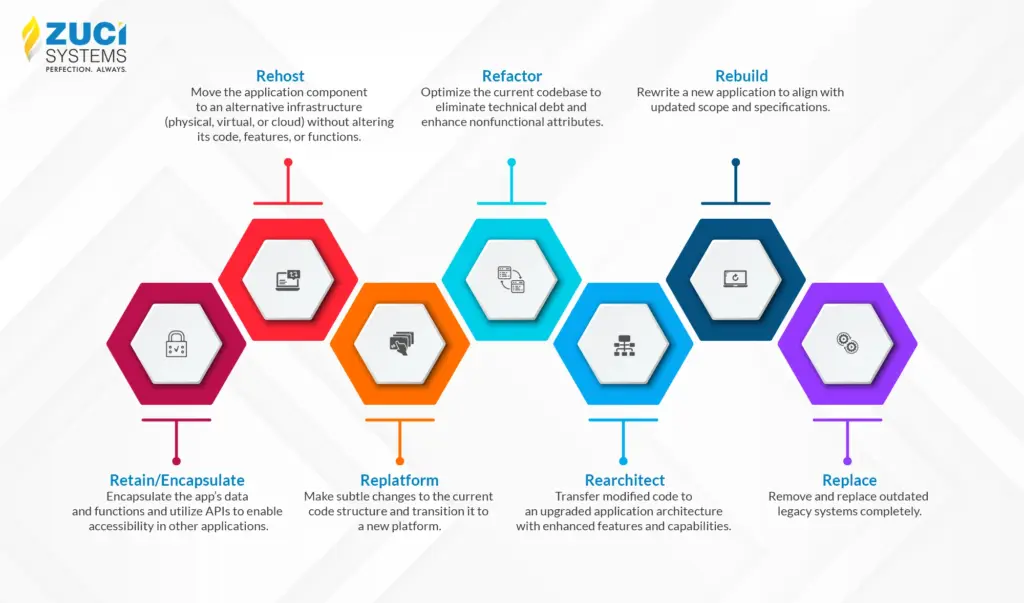
3. Choose the right modernization solution
To select among the seven options, consider more than just effort and impact but assess them based on the following:
- Work volume
- Cost and risk involved
- Architecture
- Resources available
- Security and operations
4. Plan for future growth
Legacy software often features a monolithic design, posing a challenge for organizations to update swiftly. In today’s digital environment, there’s an increasing demand for agility in launching new features or capabilities. The ideal modernization approach prioritizes flexibility to accommodate change. While an encapsulated application may connect with other microservices, it inherits the constraints of its existing codebase. Conversely, refactored or rearchitected software is better aligned with an organization’s future requirements.
5. Select the right modernization partner
Many organizations do not consistently build or modernize applications—it’s not their primary focus. Internal teams may lack expertise in the “new” environment, necessitating training for new systems. Therefore, expecting internal resources to make all the necessary decisions regarding modernization approaches, cloud adoption, or microservice support is unrealistic.
Organizations rely on trusted software partners to help modernize applications. Look for technology partners specializing in digital transformation with expertise in re-engineering technology, systems, and processes using diverse modernization approaches. To optimize the time-to-market of your modernization project, prioritize teams that harness Agile and DevOps practices.
Ensuring the modernization of legacy applications is crucial for sustaining business growth and remaining competitive in a rapidly evolving business environment. These aren’t just one-off tasks—they’re ongoing commitments. By weaving them into the fabric of your workflow early on, your legacy apps can stay dependable, flexible, and up to date with the latest tech trends.
Our proactive approach to legacy app modernization is all about preventing future headaches so your applications can stay agile and responsive to your ever-evolving business needs. If you’re looking for a reliable partner to help with software modernization or need some guidance in this area, contact our experts today. We’re here to guide you every step of the way.
Related Posts



